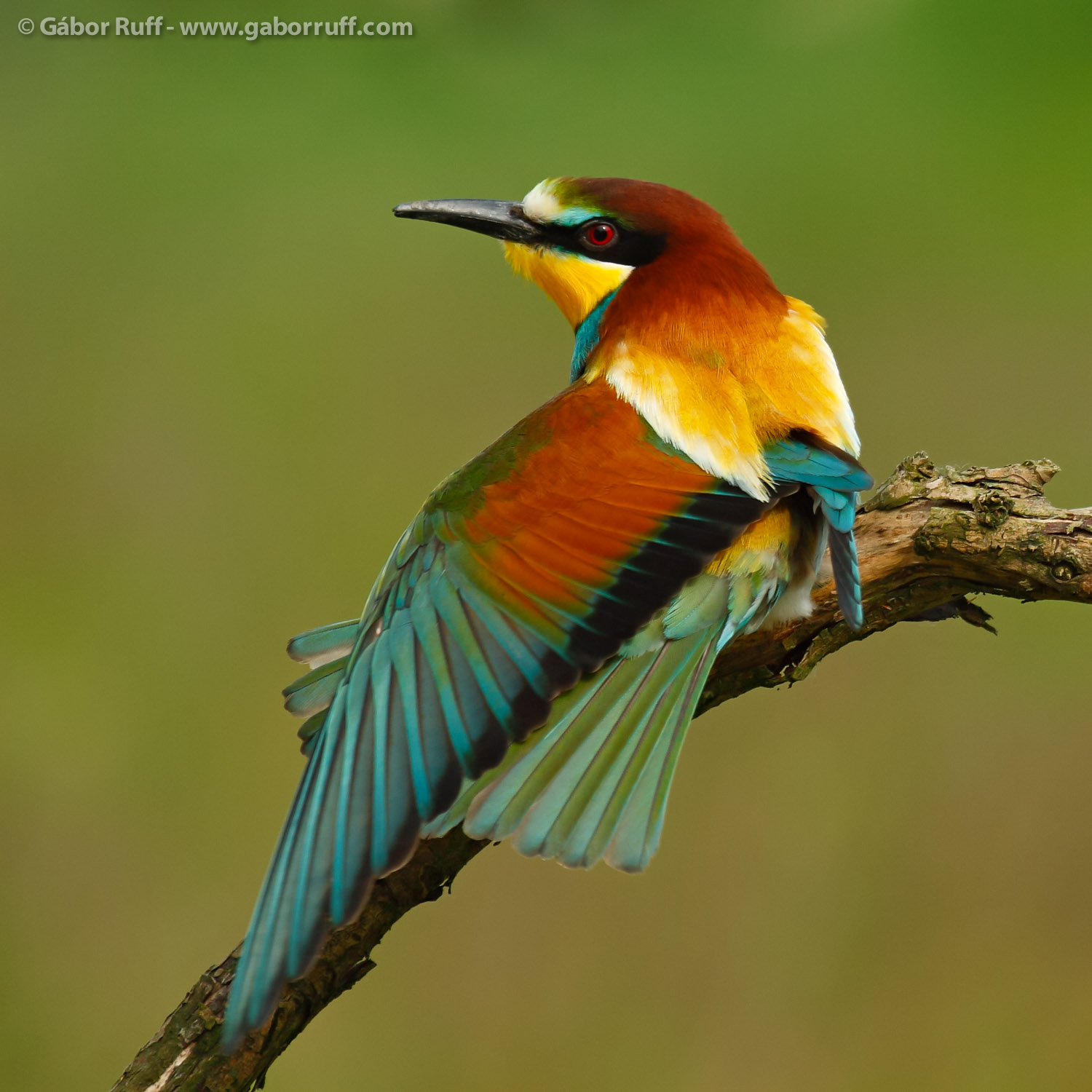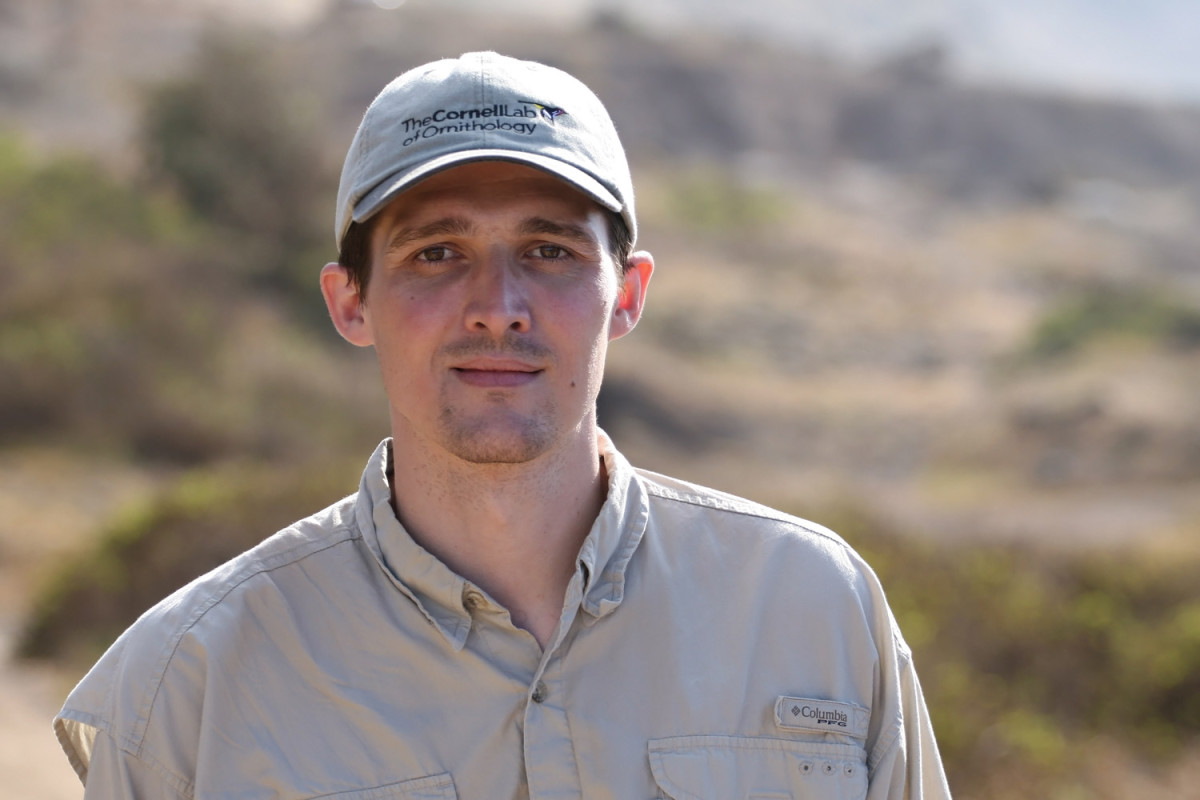This image of a stretching European Bee-eater is one of my favorite images of this bird species and a very special one for me, because it was featured on the cover of the most popular ecological magazine in Hungary (TermészetBÚVÁR) in 2009. In the same issue of TermészetBÚVÁR, my article (in Hungarian) was also published about how important bee-eaters are to the ecosystem. It is available in pdf. In this post, I provide some details and information about how I made this photograph.
I created this photo close by my home village, called Nagyveleg in Hungary in May 2008.
The European Bee-eater (Merops apister) is the most colorful bird in Europe. It can be locally common within its range and luckily, when I was a young boy, there were two breeding grounds near to my home so I had lots of opportunities during my childhood to observe these birds. The European Bee-eater is a colonial breeder and I witnessed many spectacular interactions between the birds and hoped to get a chance someday to document in photographs the social life of these birds. Therefore, in 2007 when I got a relatively long lens and I felt I had enough experience in nature photography, I chose the European Bee-eater as a subject of my first wildlife photography project. I decided to spend at least two years with this project to be able to take every photos I envisioned.
In the first year I observed the bee-eaters and studied their behavior from a distance by binoculars. At that time there was very little information available about these birds’ tolerance of disturbance and I didn’t want to bother them. I did only set up my hide in the colony after the chicks left their nests and finally I took my first bee-eater photographs. I was very happy with these images, however, the most important thing was that I got a lot of experience working with bee-eaters.
I countinued this project in 2008. When the bee-eaters arrived to their nesting ground in May, first I put a nice perch close to one of their burrows and hoped that the birds would use it. Fortunately, they accepted the perch, so I placed my self-made blind at the right distance from the perch for my 300mm lens. I spent lots of time hiding in my blind in the middle of their noisy colony during their breeding period, which was a very exciting experience. In the first few days I had created all the images I wanted, including some photos about fighting, courtship feeding and even mating bee-eaters. I had also taken lots of images of resting and sunbathing birds which are pretty nice shots, but I thought that the real beauty of the bee-eater can be seen when the bird stretches its wing and shows the full color palette of its feathers. This movement takes only a few seconds and it’s not too easy to catch the right moment, but finally on the last day of the project, I was able to capture it in a perfect position. The original image was horizontal, but I cropped it to a square format for tighter composition to bring more attention to the bee-eater and its beautiful wing feathers.
Tech notes: Canon EOS 30D camera, Canon EF 100-300mm F/5.6 L lens, Gitzo 1340 tripod, Manfrotto 804RC2 three way head, ISO200, 1/400sec, f/7.1


